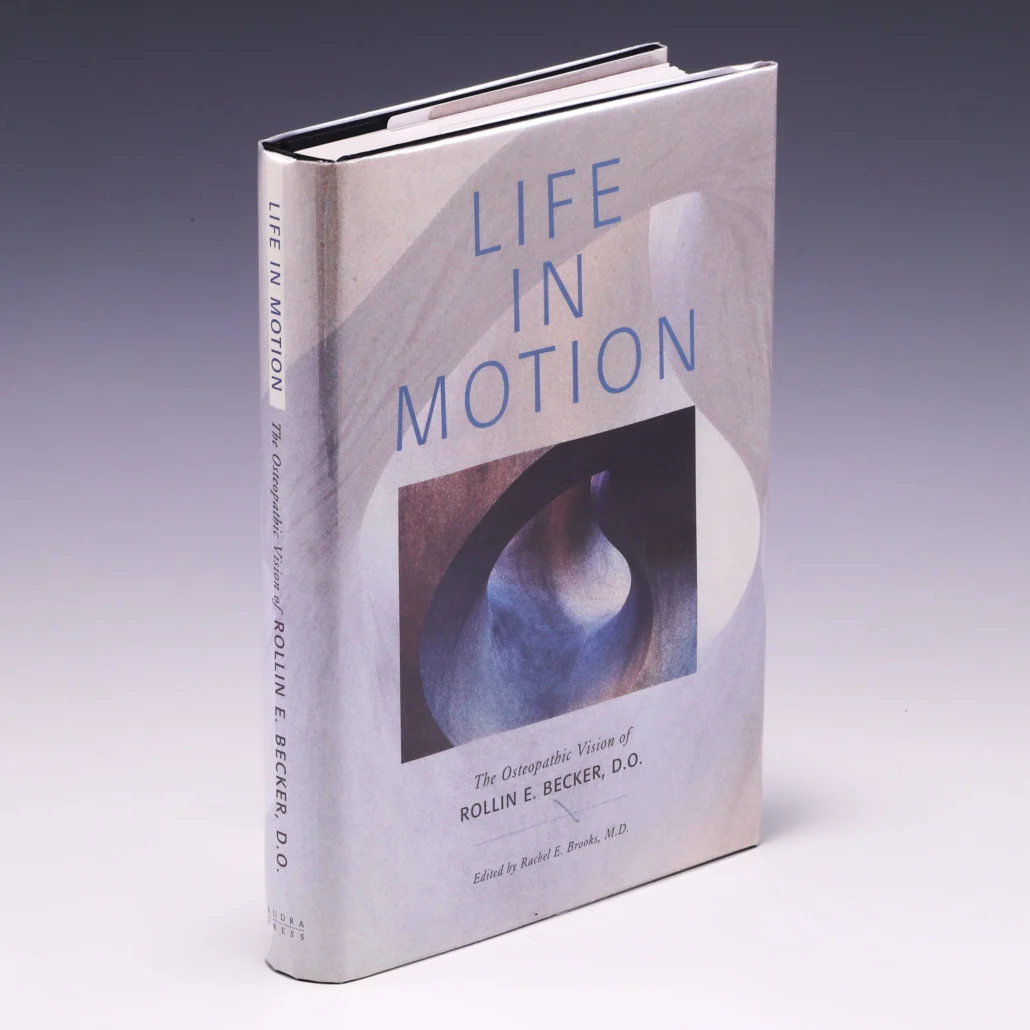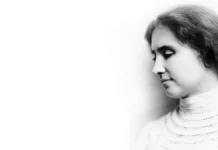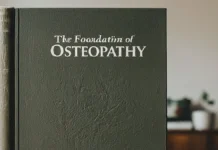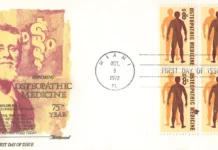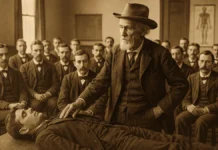Introduction
Rollin E. Becker, a prominent figure in the field of osteopathy, made substantial contributions to our comprehension of the body’s inherent motion and its profound impact on health. As an osteopath, Becker dedicated his career to exploring the intricate dynamics of the human body, shedding light on the significance of its inherent motion patterns.
Becker’s work was characterized by a deep appreciation for the body’s self-regulatory mechanisms. He delved into the concept that the body possesses an inherent motion, a rhythmic pulsation, which plays a pivotal role in maintaining health and well-being. His research and insights revolutionized the understanding of osteopathy, emphasizing the importance of this inherent motion in the overall functioning of the body.
One of Becker’s notable contributions was his exploration of the cranial concept in osteopathy. He expanded upon the principles laid down by Andrew Taylor Still and William Garner Sutherland, delving into the subtle movements of the cranial bones and their connection to the body’s overall vitality. Becker’s research in cranial osteopathy has significantly influenced the practice, fostering a deeper understanding of the interconnectedness between cranial dynamics and health.
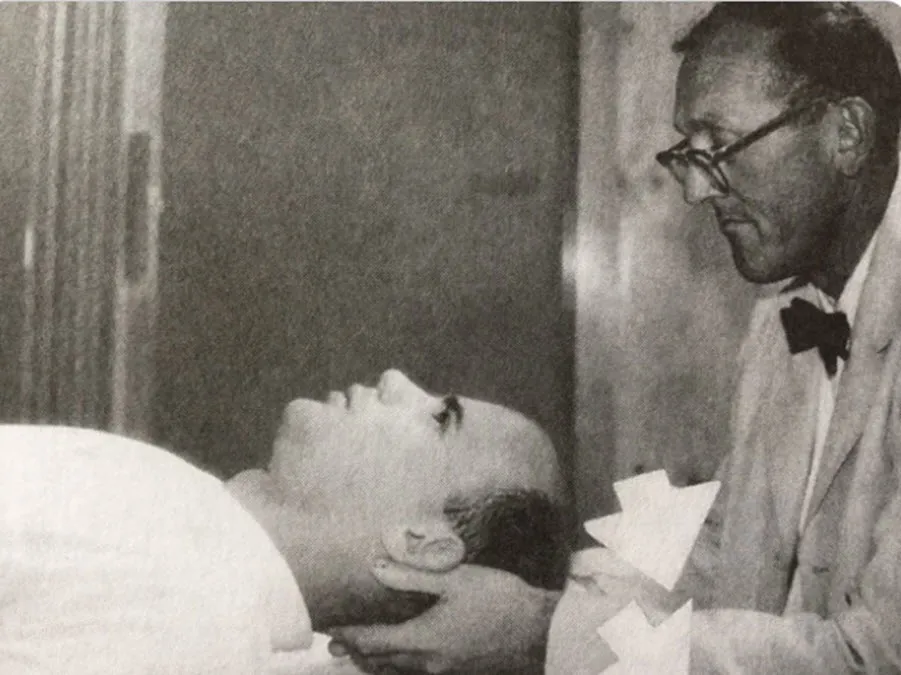
Becker’s teachings extended beyond the academic realm, as he became a revered educator in the field of osteopathy. His lectures and writings became valuable resources for aspiring osteopaths, providing them with profound insights into the intricate dance of the body’s motions and its impact on health. Through his teachings, Becker inspired a new generation of osteopaths to explore and appreciate the inherent wisdom of the body.
In addition to his work on cranial osteopathy, Becker contributed to the development of visceral osteopathy. He explored the subtle motions within the visceral organs and their influence on the body’s overall balance. His holistic approach to osteopathy encompassed the integration of various bodily systems, recognizing the interplay between structure and function.
Becker’s legacy endures through the continued exploration of his teachings by osteopaths worldwide. His emphasis on the body’s inherent motion as a fundamental aspect of health has left an indelible mark on the field. Osteomag, under the stewardship of André, continues to honor Becker’s contributions by disseminating information about the profound connection between the body’s inherent motion and holistic well-being. In remembering Rollin E. Becker, the osteopathic community acknowledges a visionary whose insights have enriched the understanding of the body and its innate capacity for health.
Cranial Osteopathy
Rollin E. Becker, a prominent figure in the field of osteopathy, made significant contributions to the development and understanding of cranial osteopathy. His work has left an indelible mark, shaping the way osteopaths approach the assessment and treatment of cranial dysfunctions. In exploring Becker’s impact on cranial osteopathy, it becomes evident that his insights have played a crucial role in advancing the field.
Becker’s approach to cranial osteopathy was characterized by a deep appreciation for the interconnectedness of the body’s systems. He emphasized the importance of addressing not only structural imbalances but also the underlying energetic and fluidic components influencing health. This holistic perspective resonated with the core principles of osteopathy, aligning with the belief that the body has an inherent ability to self-regulate and heal.
One of Becker’s notable contributions was his emphasis on the inherent motion within the cranial system. He recognized that the cranial bones exhibit subtle, rhythmic movements that are integral to maintaining overall health. This acknowledgment led to a more nuanced understanding of cranial dynamics, moving beyond a purely anatomical approach to incorporate the vital element of motion and its significance in health and dysfunction.
Becker’s exploration and development of cranial osteopathy delved into the intricate relationships between cranial structures, cerebrospinal fluid, and the body’s inherent motion. His teachings highlighted the importance of listening to the body’s expressions and using gentle, non-invasive techniques to facilitate the release of restrictions. This approach aimed at restoring the body’s self-regulatory mechanisms and promoting optimal function.
Inherent Motion
Rollin E. Becker’s profound exploration of inherent motion in the human body revolutionized the field of osteopathy, offering a unique perspective that transcended traditional anatomical considerations. His groundbreaking work has significantly contributed to the understanding of the body’s self-regulatory mechanisms and the role of inherent motion in maintaining overall health.
Becker’s concept of inherent motion revolves around the idea that the body is in a constant state of motion, even at the cellular and molecular levels. He emphasized that this inherent motion is not random but follows specific patterns and rhythms. This recognition challenged conventional approaches, encouraging osteopaths to consider the dynamic nature of the body in their assessments and treatments.
In the context of cranial osteopathy, Becker’s insights into inherent motion were particularly transformative. He identified subtle, rhythmic movements in the cranial bones and tissues, suggesting that these motions were not merely passive responses but active expressions of the body’s vitality. This understanding marked a departure from rigid anatomical perspectives, inviting practitioners to engage with the dynamic and living nature of the cranial system.
Becker’s teachings emphasized the importance of listening to the body, tuning in to its inherent motions, and facilitating their expression through gentle, non-invasive techniques. By doing so, he believed that practitioners could support the body’s self-healing mechanisms and restore balance. This approach resonated with the fundamental principles of osteopathy, which recognize the body’s ability to self-regulate and maintain health when obstacles to inherent motion are addressed.
Visceral Osteopathy
Rollin E. Becker’s profound contributions to osteopathy extended beyond the realm of cranial techniques; his work in visceral osteopathy has left an enduring impact on the understanding and practice of this specialized field. Becker’s insights into visceral dynamics, combined with his holistic approach, have provided osteopaths with valuable tools to address underlying issues within the visceral system and promote overall well-being.
Visceral osteopathy, as envisioned by Becker, involves the assessment and treatment of the internal organs and their surrounding connective tissues. He recognized that the viscera are not isolated structures but are intricately connected to the musculoskeletal system, influencing and being influenced by the body’s overall dynamics. Becker’s approach to visceral osteopathy emphasizes the importance of restoring mobility and balance to the organs, allowing them to function optimally within the body’s integrated framework.
One of Becker’s key contributions to visceral osteopathy is his concept of “primary respiratory mechanism in the viscera.” Similar to the cranial concept, he proposed that the organs have their inherent motion, responding to the rhythmic fluctuations of the cerebrospinal fluid. This dynamic perspective challenges conventional views of organ function, emphasizing the need to consider not only structural but also motility-related aspects in the assessment and treatment of visceral dysfunctions.
Becker’s teachings underscored the significance of listening to the body’s expressions and using gentle, precise techniques to address restrictions within the visceral system. He believed that by facilitating optimal mobility in the organs, practitioners could positively impact the entire body, promoting health and preventing the development of chronic conditions.
Holistic Approach
Rollin E. Becker’s approach to osteopathy was deeply rooted in a holistic perspective that considered the body as an interconnected and dynamic whole. His contributions to the field extended beyond specific techniques, reflecting a comprehensive understanding of health that encompassed physical, emotional, and energetic dimensions. Becker’s holistic approach has had a profound impact on the practice of osteopathy, encouraging practitioners to view patients in a more integrated and interconnected manner.
Becker emphasized the importance of approaching healthcare with a holistic mindset, recognizing that the body is more than a sum of its parts. He encouraged osteopaths to consider not only the structural aspects of the musculoskeletal system but also the physiological, emotional, and energetic factors that contribute to overall well-being. This holistic perspective aligns with the fundamental principles of osteopathy, which acknowledge the body’s ability to self-regulate and heal when obstacles to health are removed.
In the context of a holistic approach, Becker’s teachings underscored the significance of inherent motion within the body. Whether exploring cranial, visceral, or musculoskeletal aspects, he believed that understanding and working with the body’s inherent motions were essential for promoting optimal health. This dynamic perspective challenged reductionist views, urging practitioners to consider the interconnected rhythms and forces that contribute to the body’s vitality.
Becker’s holistic approach extended beyond the physical aspects of health, recognizing the profound influence of emotions and the energetic dimensions on well-being. He encouraged osteopaths to be attuned to the emotional state of their patients and to consider how emotional factors might manifest in the body. This comprehensive understanding allowed for a more nuanced and patient-centered approach to healthcare.
Conclusion
In conclusion, Rollin E. Becker’s impact on osteopathy transcends specific techniques, embodying a holistic philosophy that has reshaped the way practitioners approach healthcare. His emphasis on the interconnectedness of the body, consideration of inherent motion, and recognition of emotional and energetic dimensions have enriched the practice of osteopathy. As an osteopath, André, incorporating Becker’s holistic insights into your approach can foster a more comprehensive understanding of your patients, promoting optimal health by addressing not only structural but also physiological, emotional, and energetic aspects. Becker’s legacy serves as an enduring reminder of the profound interconnectedness within the human body, guiding practitioners toward a more holistic and patient-centered approach to healing.


